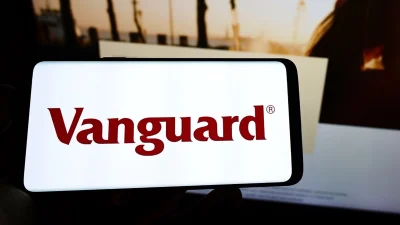ESG funds may be ESG only at one point in time



If a portfolio scores highly on environmental, social, governance (ESG) metrics it does not necessarily mean it is an ESG portfolio, rather that it was an ESG fund at that point in time, according to Evergreen Consultants.
Evergreen founder and chief executive, Angela Ashton, said there were a lot of ESG or responsible investment (RI) branded funds which were not. She said if investors were checking the PE of a fund and it was low, it did not mean it was a value fund but that it was just a value fund at that point in time.
Ashton said Evergreen launched its Evergreen Responsible Investing Grade Index (ERIG Index) on 26 March which was an assessment of RI metrics across funds that branded themselves as RI, ESG, or ethical.
The index used a top-down approach based on the Responsible Investments Association Australasia (RIAA) and UN Principles of Responsible Investment metrics and resources to show investors where funds sat on their RI journey compared to the average.
“We think about how the fund manager includes RI in their process. We used the RIAA and UNPRI resources and Australianised it and came up with a questionnaire that we presented to over 200 funds,” she said.
“A portfolio with a certain sustainability score does not necessarily mean the manager is an RI manager. It is a necessary, but not sufficient, condition to prove the style.
“We look at what the manager does and compare this to others in the marketplace. The bottom-up analysis of the manager’s portfolio can play a part, but it is not the complete analysis in our view.”
Recommended for you
The use of total portfolio approaches by asset allocators is putting pressure on fund managers with outperformance being “no longer sufficient” when it comes to fund development.
With evergreen funds being used by financial advisers for their liquidity benefits, Harbourvest is forecasting they are set to grow by around 20 per cent a year to surpass US$1 trillion by 2029.
Total monthly ETF inflows declined by 28 per cent from highs in November with Vanguard’s $21bn Australian Shares ETF faring worst in outflows.
Schroders has appointed a fund manager to its $6.9 billion fixed income team who joins from Macquarie Asset Management.










